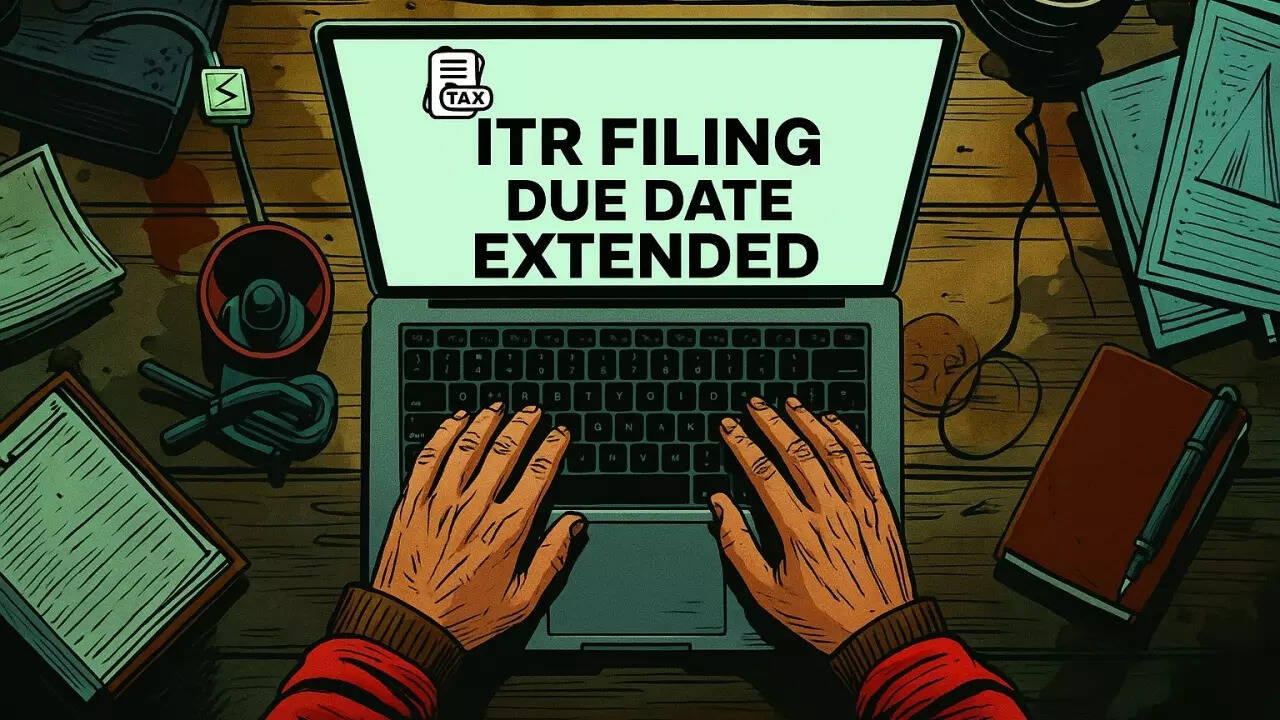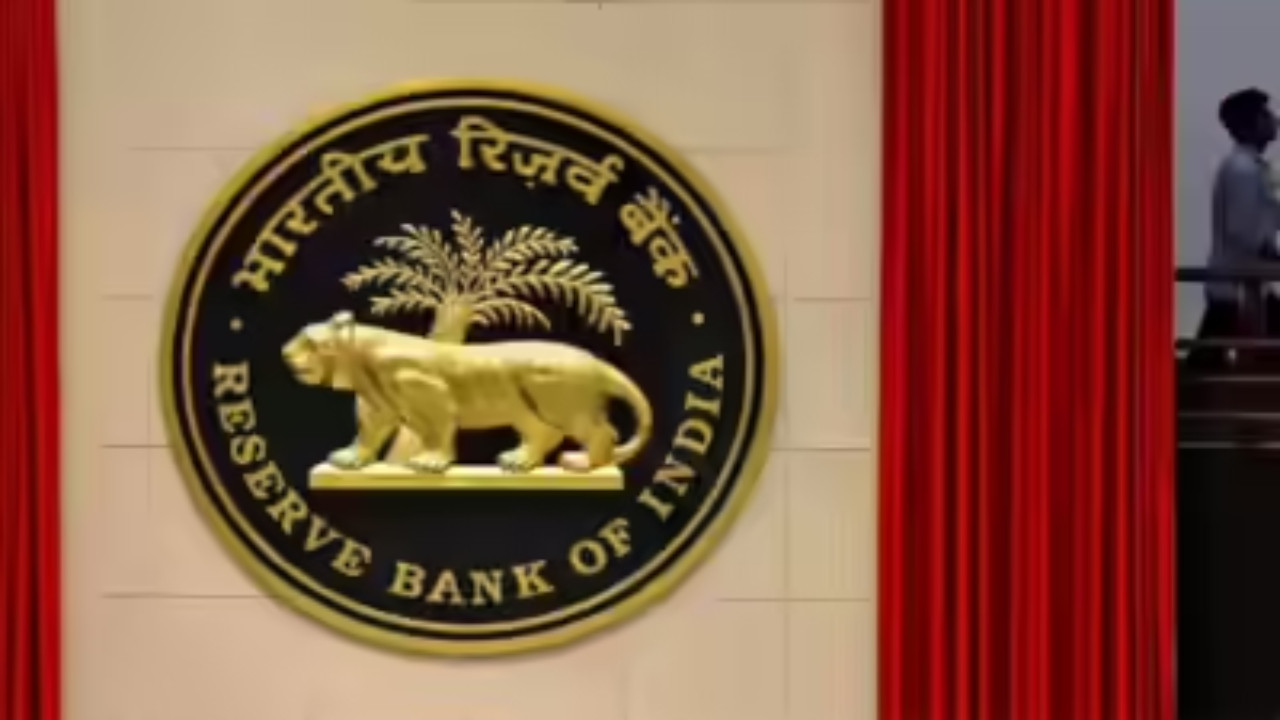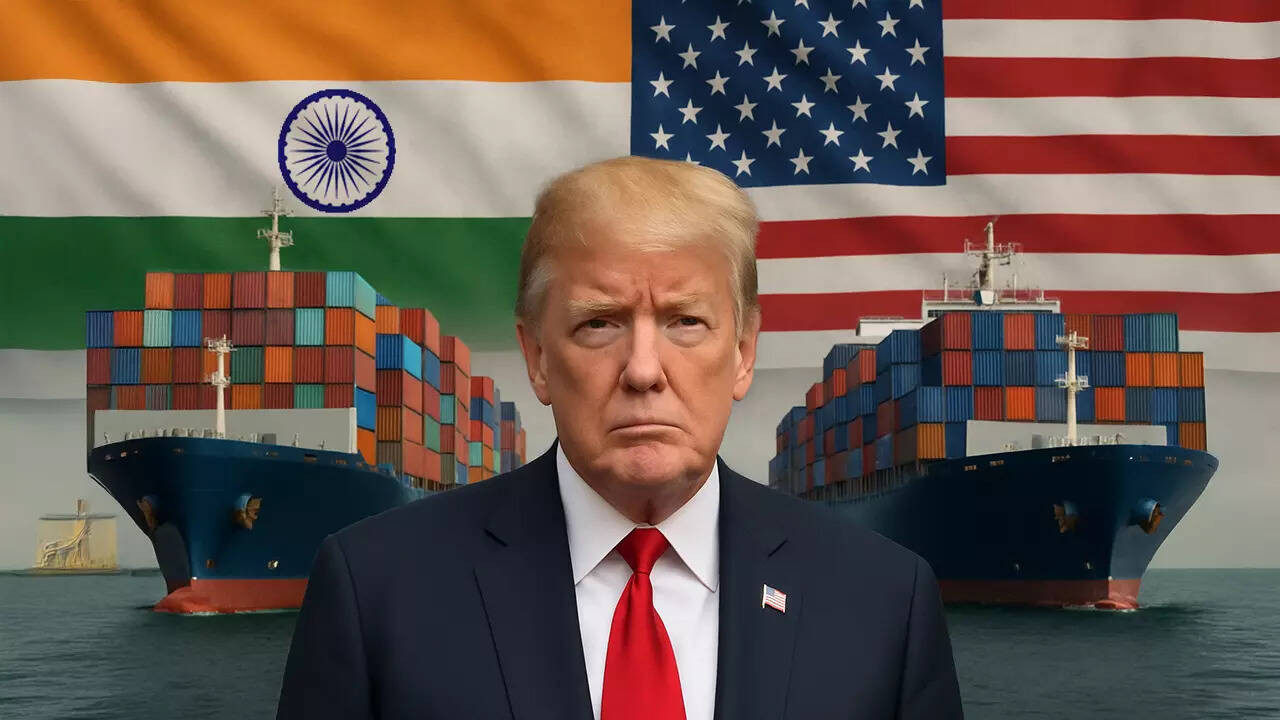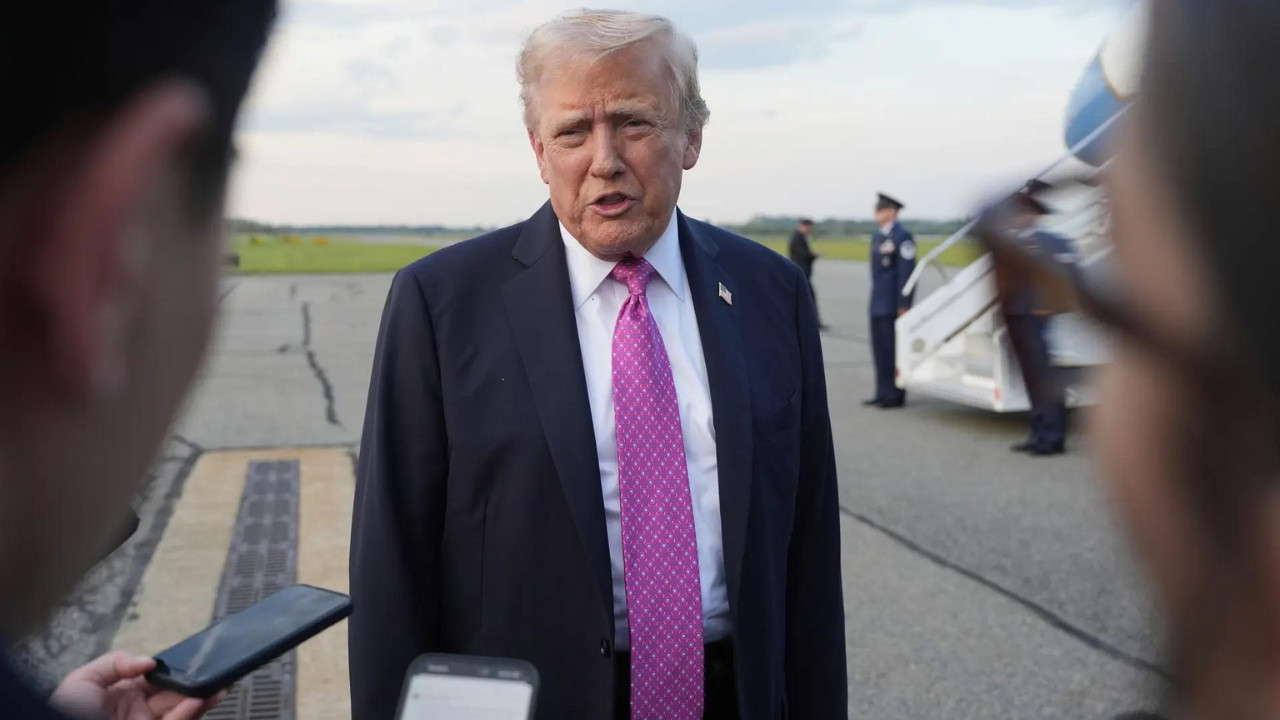The United States has extended the suspension of reciprocal tariffs on India until August 1, offering a temporary respite for Indian exporters. This extension allows more time for negotiators to resolve pending issues under an interim trade deal. While other nations received tariff notifications, India’s absence signals ongoing discussions.
A Sigh of Relief? US Tariff Threat on India Briefly Paused
For Indian exporters, the threat of new US tariffs loomed large, casting a shadow over trade relations. Imagine holding your breath, waiting for the axe to fall – that’s been the feeling in many sectors reliant on exports to the United States. Now, there’s a momentary pause in that tension. The U.S. government has delayed its decision on imposing tariffs on certain Indian goods, offering a small window of opportunity.
But what does this delay really mean? And more importantly, what happens next?
The situation is complex, a delicate dance of economic strategies and political maneuvering. For months, there have been rumblings of discontent from the US regarding trade imbalances. The US has expressed concerns about what it perceives as unfair trade practices. These concerns have fueled speculation about potential retaliatory measures, including the imposition of tariffs on a range of Indian products.
This postponement comes as discussions for an interim trade deal between the two nations continue. Think of it like a pressure cooker – the delay gives both sides a chance to release some steam, to negotiate and hopefully reach a mutually acceptable solution before things boil over. The United States Trade Representative (USTR) has been actively involved in these discussions.
<img src="image-of-indian-exports.jpg" alt="A shipment of Indian goods being loaded onto a cargo ship, highlighting the importance of Indian exports.” />
The specific goods targeted for potential tariffs haven’t been definitively revealed. However, the speculation alone has been enough to cause anxiety among exporters dealing in sectors like textiles, agricultural products, and engineering goods. The mere possibility of increased import duties can disrupt supply chains and impact profitability.
Why the Delay in Tariff Decisions?
Several factors likely contributed to this decision to delay the tariff imposition. First and foremost, the ongoing negotiations play a crucial role. Slapping tariffs down while trying to hammer out a deal would be counterproductive, like trying to build a bridge while simultaneously tearing down parts of it. By delaying, the US signals a willingness to negotiate in good faith, even if it’s a tactical move to extract better concessions.
Furthermore, internal economic considerations in the US probably play a role. Imposing tariffs can have unintended consequences, potentially raising prices for American consumers and impacting businesses that rely on imported components from India. The US administration must carefully weigh the potential benefits of tariffs against the potential economic costs.
This isn’t the first time the threat of tariffs has hung over Indo-US trade relations. We’ve seen similar situations arise in the past, often resolved through a combination of negotiations and compromises. The underlying issues, however, persist. The US desire to reduce trade deficits and ensure “fair” trade practices remains a central sticking point.
What’s at Stake for Indian Exporters?
The stakes are high for India. The US is a crucial export market, and the imposition of tariffs could significantly impact various industries. A reduction in exports could lead to job losses, decreased investment, and a slowdown in economic growth. The impact would be felt particularly hard by small and medium-sized enterprises (SMEs), which often lack the resources to absorb increased costs or find alternative markets quickly.
The delay provides a crucial window for Indian policymakers and businesses to proactively engage with their US counterparts. Lobbying efforts, diplomatic channels, and trade associations can all play a role in advocating for a fair and equitable outcome. It’s a time for proactive engagement and strategic planning. Indian companies should explore diversifying their export markets, improving their competitiveness, and strengthening their resilience to external shocks. Exploring markets outside the US might be a worthwhile venture, as discussed in [our previous post on emerging market opportunities](relevant-internal-link).
Navigating the Uncertainty of US Tariff Policies
In the short term, the delay offers a welcome respite. However, it’s crucial to recognize that this is not a permanent solution. The underlying tensions remain, and the threat of tariffs could resurface at any time. Indian exporters must prepare for all possible scenarios.
The future of Indo-US trade relations hinges on the outcome of these ongoing negotiations. A mutually beneficial trade agreement would provide stability and predictability, fostering greater economic cooperation between the two countries. A failure to reach an agreement, however, could lead to a period of increased trade friction and uncertainty.
The postponement serves as a reminder of the volatile nature of international trade and the importance of adaptability and resilience. Whether it’s a strategic pause or a genuine attempt at compromise, the coming weeks will be critical in shaping the future of Indo-US trade relations.
This delay offers a brief moment to strategize and plan, but the future of Indian exports to the US requires proactive engagement and preparedness. The real test lies ahead.







